As pet owners, one of the most direct ways to gauge our dog’s health is by monitoring their stool. The color, consistency, and frequency of a dog’s poop can offer critical insights into their overall health and well-being. While it might not be the most glamorous aspect of pet care, understanding what is normal and what signals a problem is vital for every dog owner. This article will delve into the nuances of interpreting the colors of a dog’s stool, with a special focus on green dog poop, a common concern among pet owners. We will explore how variations in stool color, from green to black, white, or red, can indicate different health issues, ranging from benign dietary changes to serious medical conditions.
Understanding Dog’s Stool and Overall Health
The digestive tract of a dog is a complex system, where a lot happens between the time food is consumed and waste is excreted. The appearance of a dog’s stool is a direct reflection of what’s happening in their gastrointestinal tract. Normal dog poop is generally brown, a result of the digestion of the dog’s food and the bile secreted in the liver. However, a sudden change in color, like green poop, or the appearance of white spots, black stools, or red streaks, can indicate a range of issues from dietary changes to serious health problems.
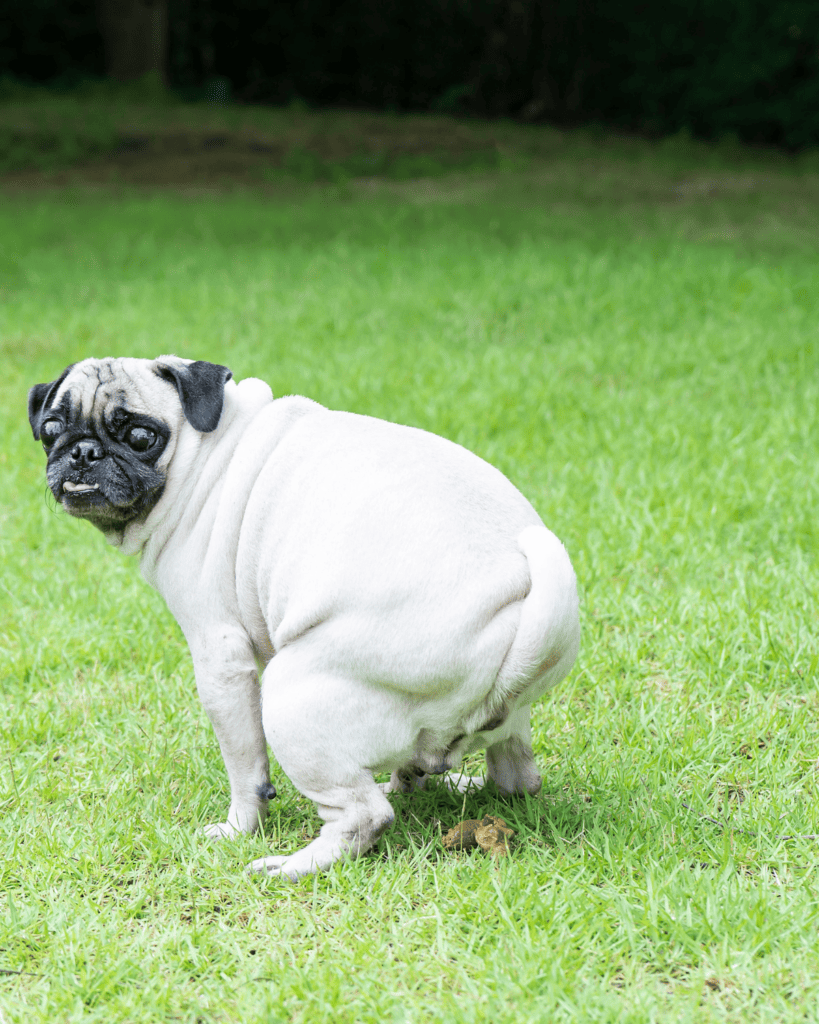
They’ve Eaten Something Green
Green dog poop often raises alarm bells for dog owners. One of the most common reasons for green stool is the consumption of a large amount of grass. Dogs sometimes eat grass due to gastrointestinal upset, boredom, or nutritional deficiencies, leading to green pigments in their poop. However, not all causes are benign. Serious issues such as rat poison ingestion can also turn a dog’s poop green. Similarly, giardia infections and bacterial infections in the dog’s digestive system can result in green-colored stool. If the green poop is accompanied by weight loss, abdominal pain, or a slimy consistency, it is a good idea to consult a veterinarian to rule out serious conditions like inflammatory bowel disease or other gastrointestinal tract problems.

Bacterial Infection
A bacterial infection in a dog’s digestive system can lead to various changes in stool appearance, including green poop. The presence of harmful bacteria can disrupt the normal digestive process, causing the food to pass through the intestines too quickly, which may result in greenish-colored stool. Additionally, some bacterial infections can cause inflammation in the intestines, leading to changes in stool consistency and color. If your dog’s green poop is accompanied by symptoms like diarrhea, vomiting, lethargy, or a loss of appetite, it’s essential to consult a veterinarian promptly. Timely treatment can help identify the specific bacteria responsible and prevent further complications.
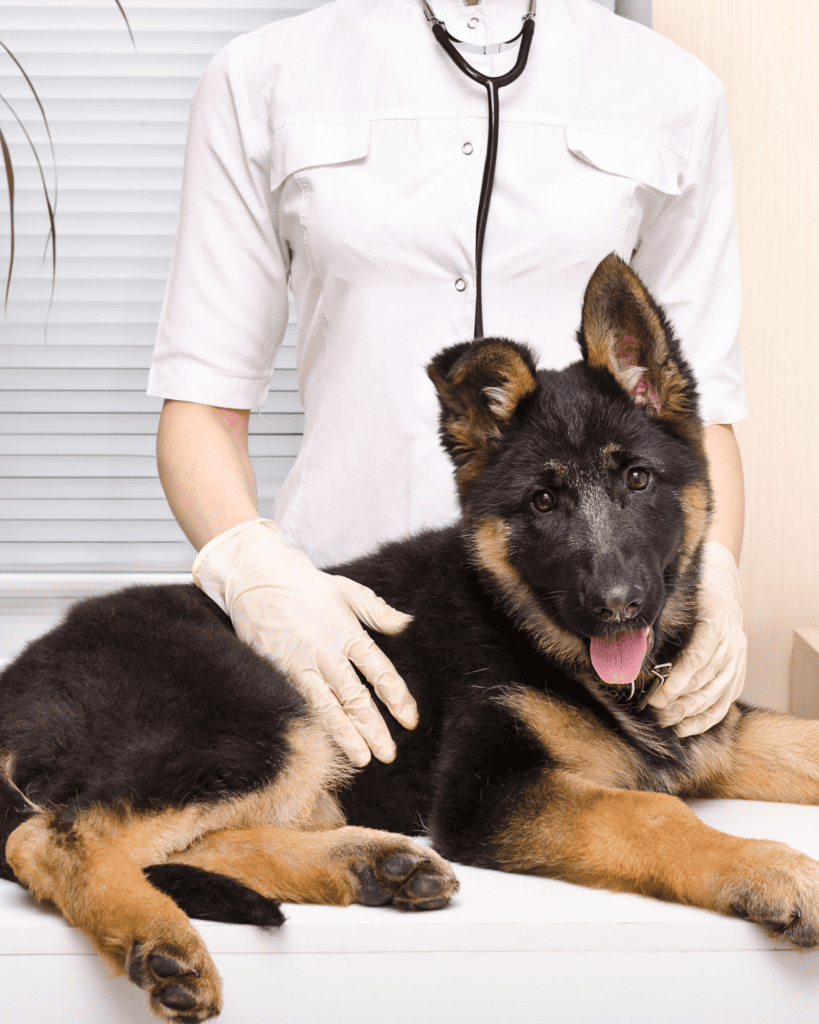
Eaten something poisonous
If your dog’s stool suddenly turns green, and you suspect they may have ingested a toxic substance or poison, it is crucial to take immediate action – you can also check these symptoms. Some poisons, like rat poison, can lead to green-colored stool as a symptom of poisoning. In such cases, time is of the essence. Contact your veterinarian or an emergency pet poison hotline immediately for guidance. Providing them with information about the suspected poison can be lifesaving for your dog. They may advise you to induce vomiting if it’s safe to do so or recommend other appropriate steps to mitigate the effects of the toxin. Never delay in seeking professional help when poisoning is suspected.

When to Worry
While occasional changes in stool color may not be cause for immediate concern, there are specific signs and symptoms that should prompt dog owners to seek veterinary attention promptly. If your dog’s green poop is persistent and accompanied by any of the following red flags, it’s time to worry and consult a veterinarian:
- Weight Loss: Unexplained weight loss can be a sign of an underlying health issue, such as gastrointestinal problems or malabsorption disorders, which may be associated with green stool.
- Abdominal Pain: If your dog shows signs of discomfort or pain in the abdominal area, such as whining, restlessness, or reluctance to be touched, this could indicate a serious gastrointestinal problem.
- Slimy Consistency: Green stool with a slimy or mucous-like consistency may suggest the presence of an underlying gastrointestinal issue, such as inflammation or infection.
- Persistent Changes: If the green stool persists for more than a day or two without an obvious benign cause, it’s a reason for concern and should be investigated by a veterinarian.
Other Stool Colors and Their Meanings
The stool color of dogs can be a telling sign of their internal health. Black stools, for instance, often raise a red flag as they might indicate internal bleeding within the upper gastrointestinal tract. This bleeding could be a result of conditions like stomach ulcers or the ingestion of something sharp or harmful that has caused internal injury. Additionally, black stools may signify severe dietary indiscretion or even the consumption of certain types of poison. On the other hand, white spots in the stool, or a chalky appearance, can point to a lack of bile production, often associated with liver or gallbladder disease.
The red stool is another color that requires immediate attention. The presence of red streaks often indicates the presence of blood, potentially signaling serious gastrointestinal problems such as colitis, inflammatory bowel disease, or even cancer. On the other end of the spectrum, yellow dog poop, especially if it’s greasy and smelly, can suggest a rapid transit of food through the GI tract or problems with the gallbladder, liver, or pancreas. These changes in stool color, whether it be black, red, yellow, or even green, each hint at different health issues, some of which require urgent medical attention.
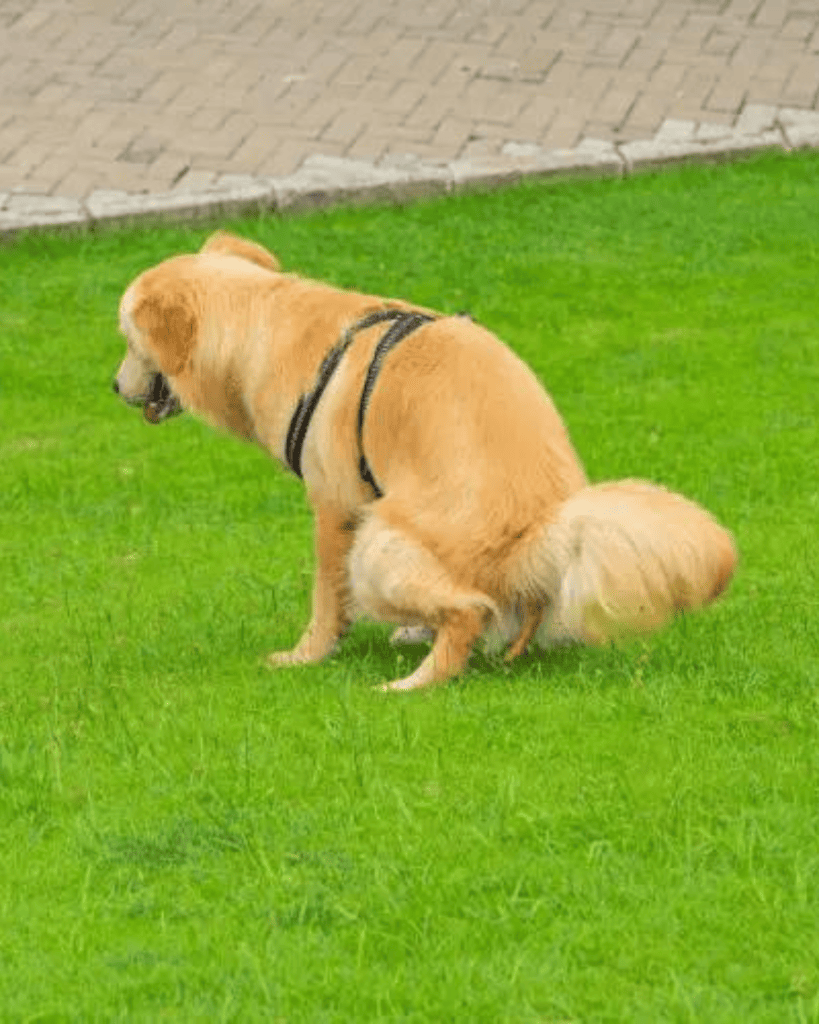
Diet and Its Impact on Your Dog’s Stool
A dog’s diet is intricately linked to the health and appearance of its stool. Sudden changes in diet can lead to changes in stool color and consistency. For example, a dog that suddenly starts eating a bland diet may produce lighter-colored stools, while a switch to a richer, meat-heavy diet might result in darker stools. Additionally, certain foods can cause sensitivities or allergies in dogs, leading to changes in stool color, such as green stools from excessive grass consumption or unusual colors due to food dyes. This is particularly evident in cases where dogs consume non-food items, which can lead to the presence of foreign objects in their stool, or even cause it to turn black if the ingested material is toxic or indigestible.
The consistency of a dog’s stool is also a critical indicator of their digestive health. A balanced and consistent diet typically results in firm, well-formed stools. However, a diet that is lacking in certain nutrients or one that is too rich or fatty can lead to softer stools, or even diarrhea, which can be a sign of digestive upset or more serious gastrointestinal conditions. Monitoring your dog’s stool can provide early indicators of food intolerance or dietary imbalance.
Health Issues Indicated by Stool Color
The color of a dog’s stool can be an early indicator of various health issues. Inflammatory bowel disease, common in canines, often causes a notable change in the consistency and color of a dog’s poop, potentially leading to green or black stools. Gastrointestinal tract problems, including parasitic infections like giardia, can result in green dog poop, while liver disease may cause stool to turn yellow or orange. Internal bleeding, indicated by black poop or red streaks in the stool, is a serious concern that requires immediate veterinary attention. A stool that is unusually pale or white can indicate a gallbladder or liver issue. Dog owners need to be aware of these potential problems and seek medical attention if they notice any sudden change in their pet’s poop color or consistency.
In addition to these conditions, changes in stool color can also signify other significant health issues. For instance, black stools could be a sign of bleeding in the upper gastrointestinal tract, potentially due to stomach ulcers or foreign object ingestion. Green stools, aside from indicating a diet rich in grass, might also be a symptom of bacterial infections or the ingestion of rat poison, both of which are serious health concerns. Pet owners should also be aware of less common stool colors, like orange or gray, which could indicate underlying liver or pancreatic issues, respectively. It’s crucial to understand that while some stool color changes might be benign, others could signify serious health problems necessitating prompt veterinary care.
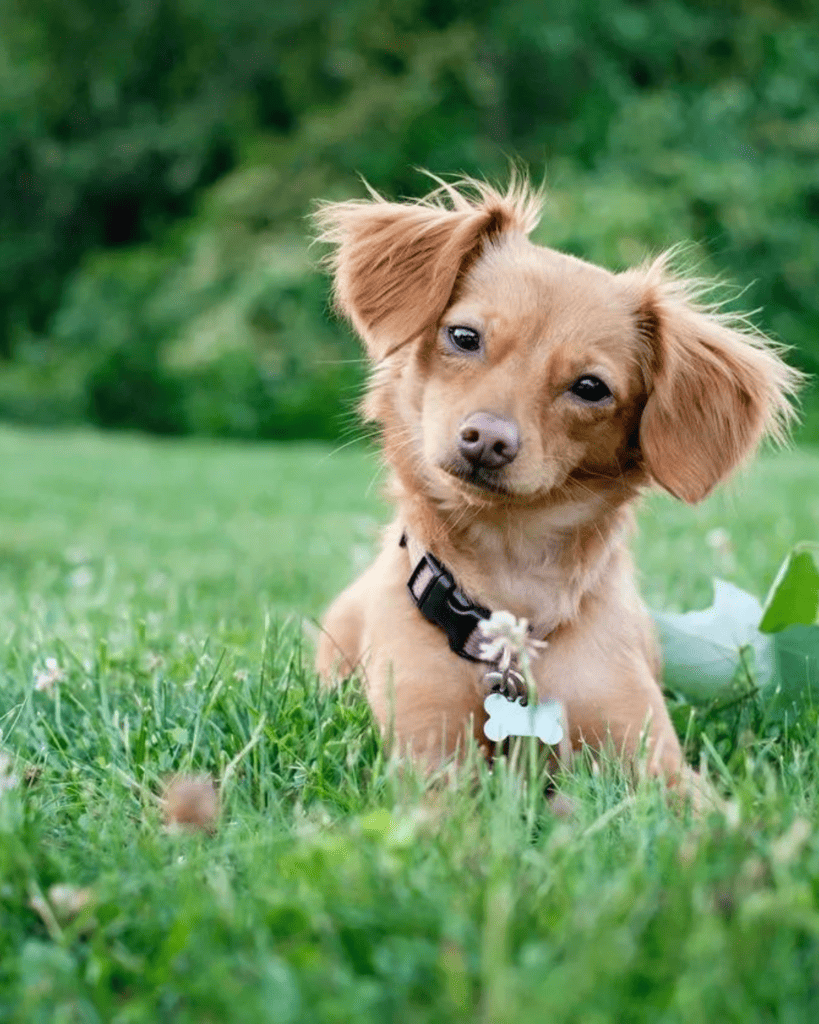
Observing and Assessing Your Dog’s Poop
Regular observation of a dog’s stool is an essential aspect of monitoring their overall health. Healthy dog poop typically has a chocolate brown color and maintains a consistent firmness. Variations in color, such as green, black, or red poop, can be indicative of health issues ranging from dietary changes to serious gastrointestinal problems. A dog poop color chart can be a valuable tool for pet owners to assess the health of their dog’s digestive system. If there is a persistent change in color, such as persistent green poop, or the presence of foreign objects, blood, or a slimy consistency, it’s a good idea to collect a stool sample for veterinary analysis. This can help in diagnosing issues like inflammatory bowel disease, giardia infections, or other conditions affecting the dog’s GI tract.
Moreover, the consistency and additional characteristics of a dog’s stool can provide further insights into their health. For example, a slimy consistency might indicate a problem in the large intestine, whereas a hard, dry stool can be a sign of dehydration or dietary issues. Observing foreign objects or undigested food can also provide clues to a dog’s digestive health and diet. When assessing your dog’s poop, it’s important to consider not just the color, but also the shape, size, and consistency. Sudden changes or abnormalities, especially if accompanied by other symptoms like weight loss or abdominal pain, should prompt a visit to the vet. Pet owners should also remember that a healthy dog’s poop may vary slightly depending on their diet and hydration levels, but any drastic or persistent change should be taken seriously.
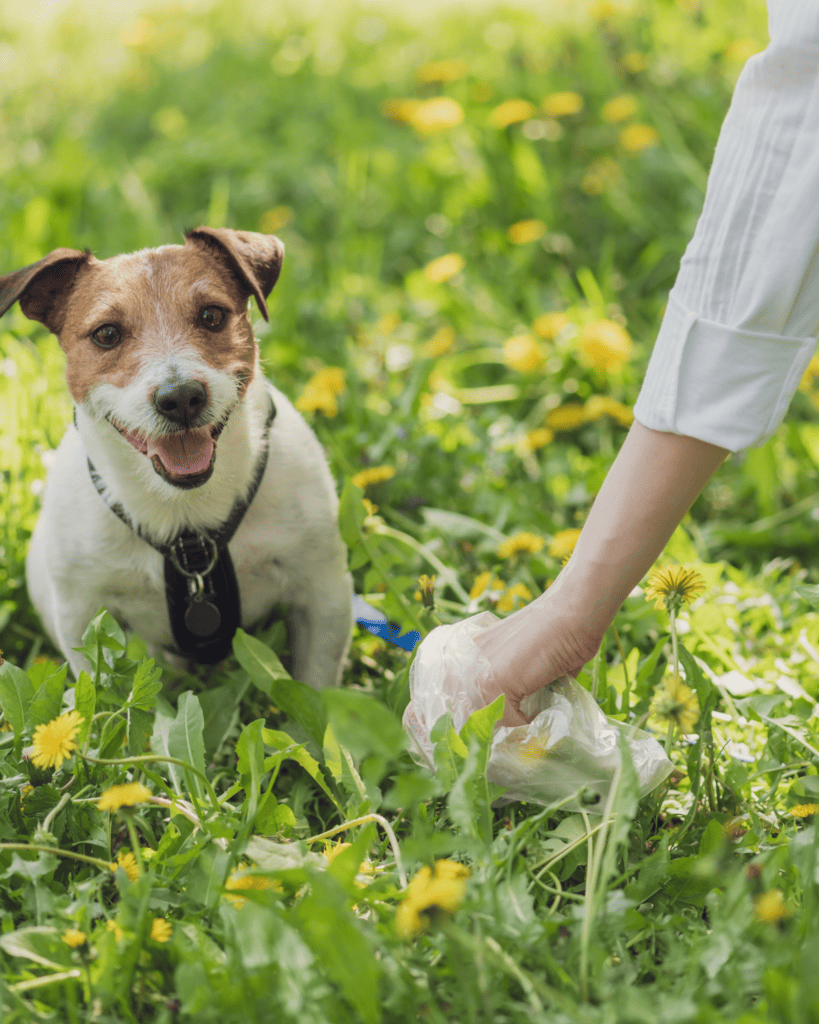
Conclusion
Monitoring the color and consistency of your dog’s stool is a vital aspect of pet care. Changes in stool color, such as green dog poop or black stools, can indicate a range of health issues, from dietary indiscretions to serious medical conditions like liver disease or internal bleeding. Regular observation, along with understanding the implications of different stool colors, can aid in the early detection of potential health problems. Pet owners must maintain a consistent and suitable diet for their dogs, be vigilant for signs of illness, and seek veterinary advice when necessary. Proactive pet care and regular veterinary check-ups are key to ensuring the overall health and well-being of our canine companions.
If you want to know more about your pup’s poops, and what the changes may mean, check out the guide to poop!









0 Comments